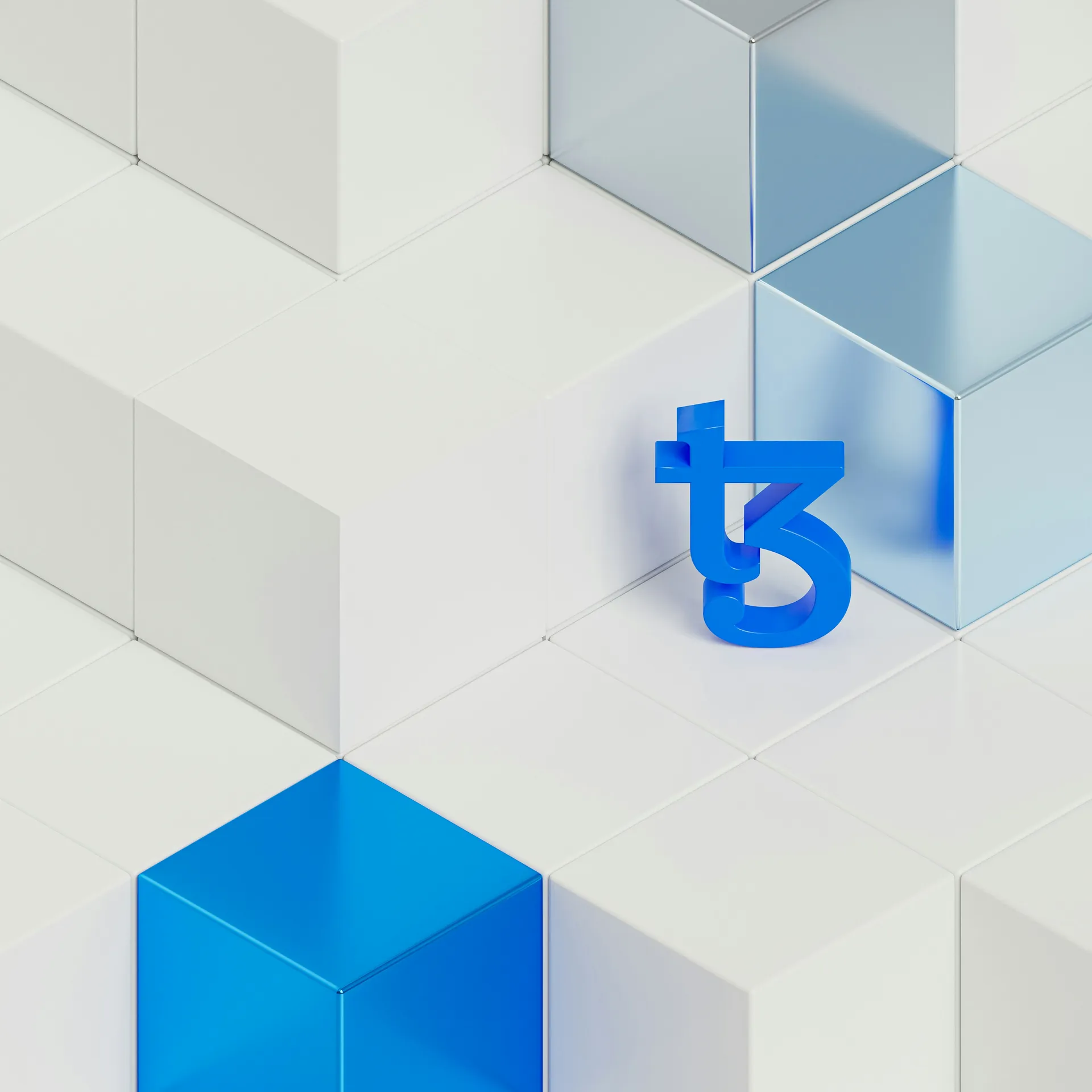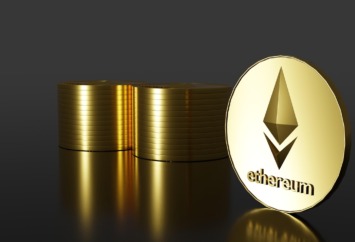In the world of cryptocurrency and blockchain technology, smart contracts represent a groundbreaking innovation. A smart contract is a digital agreement that is stored and executed on a blockchain network.
These contracts are programmed to automatically perform specific actions when predefined conditions are met, offering reliability, efficiency, and security. They eliminate the need for intermediaries like lawyers or banks by automating the execution of agreements between parties.
Smart contracts utilize the decentralized and immutable nature of blockchain technology to enhance transparency, automation, and security in various transactions and agreements. Their applications extend beyond financial transactions, impacting industries such as supply chain management, real estate, healthcare, and digital assets like NFTs (Non-Fungible Tokens).
The Ethereum blockchain has been a leader in smart contract development, leveraging the Ethereum Virtual Machine (EVM) to validate and execute contract code. These technologies are reshaping business practices and interactions with digital assets.
Understanding Smart Contracts

Definition and Overview
At its core, a smart contract is a computer program or transaction protocol designed to automatically execute, control, or document events and actions according to the terms of a contract or agreement. This concept, first introduced by computer scientist Nick Szabo in the 1990s, has evolved significantly with the advent of blockchain technology.
Smart contracts are now an essential component of many blockchain-based platforms, particularly on the Ethereum network, where they are used to build decentralized applications (dApps) and facilitate various types of transactions.
Functional Mechanism
The functional mechanism of smart contracts is rooted in their ability to automate the execution of agreements without the need for intermediaries. Here’s how it works: Smart contracts are written in programming languages such as Solidity, which is specifically designed for Ethereum-based smart contracts. These contracts consist of code that specifies the conditions and rules that govern the agreement between parties.
The code is replicated across multiple nodes on the blockchain, ensuring that the contract is executed in a transparent, secure, and immutable manner.
Smart contracts operate based on simple “if/when…then…” statements. For example, in a supply chain scenario, a smart contract might be programmed to transfer funds from a retailer to a supplier once the goods have been delivered and verified.
This process is automated, meaning that once the predefined conditions are met, the contract executes the specified actions without any human intervention. This automation reduces the need for trusted intermediaries, minimizes the risk of fraud and errors, and increases the efficiency of the transaction process.
The decentralized nature of smart contracts also ensures that the data and transactions are tamper-proof. Since each record on the blockchain is connected to the previous and subsequent records, altering a single record would require modifying the entire chain, which is virtually impossible due to the distributed and encrypted nature of the blockchain.
This security feature makes smart contracts highly reliable and trustworthy for executing complex agreements and transactions.
The Role and Evolution of dApps

What are dApps?
Decentralized applications, or dApps, are software programs that operate on a blockchain or peer-to-peer (P2P) network of computers, rather than relying on a single central server. This decentralized architecture allows dApps to function autonomously, without being controlled by a single entity. dApps utilize smart contracts to execute their functionality, ensuring transparency, security, and resistance to censorship. They are often built on platforms like Ethereum, Cardano, or Polkadot and serve various purposes, including decentralized finance (DeFi), gaming, social media, and supply chain management.
Evolution from Traditional Apps to dApps
The transition from traditional centralized applications to dApps marks a significant shift in how software is developed, deployed, and used. Traditional apps, such as those found on the Apple App Store or Google Play, are controlled by a single company or entity.
These companies manage the backend servers, update the software, and have complete authority over the data and user interactions. In contrast, dApps distribute control across a network of nodes, ensuring that no single entity can manipulate or shut down the application.
This evolution is driven by the advantages offered by blockchain technology, including enhanced security, transparency, and user sovereignty. dApps eliminate the risks associated with single points of failure, as data and transaction records are stored on a public, decentralized blockchain. This makes it nearly impossible for any single entity to alter or manipulate the data, providing a higher level of trust and reliability compared to traditional centralized systems.
The development of dApps has also been facilitated by the growth of decentralized finance (DeFi) and other blockchain-based innovations. Platforms like Uniswap and Aave have demonstrated the potential of dApps in financial transactions, lending, and borrowing, while games like Decentraland and The Sandbox have shown how dApps can revolutionize the gaming industry by providing true ownership of digital assets.
As the ecosystem continues to evolve, dApps are becoming more sophisticated, addressing challenges such as scalability, user interface, and regulatory compliance. New blockchain technologies and platforms are emerging to support the development of more complex and user-friendly dApps, further expanding their potential applications and user base.
Impact and Applications of Smart Contracts and dApps

Sectors Transformed by Smart Contracts and dApps
The synergy between smart contracts and dApps has brought significant transformations across various industries, revolutionizing service delivery and interactions. A prominent example is the financial sector, where decentralized finance (DeFi) dApps have introduced peer-to-peer lending, borrowing, and trading, removing the need for traditional financial intermediaries.
Platforms like Uniswap and Aave leverage smart contracts to automate financial transactions, reducing fees and enhancing accessibility for users globally.
In the gaming industry, blockchain-based games like Axie Infinity have ushered in a new era of digital asset ownership and player-driven economies. Smart contracts manage game mechanics, reward players with tokens, and enable secure trading of in-game assets, creating a dynamic and rewarding gaming experience.
This play-to-earn (P2E) model allows users to derive real-world value from their in-game activities.
Decentralized social media platforms are also emerging, addressing concerns about data privacy and centralized control. Applications like Lens Protocol empower users to retain ownership of their profiles, content, and connections, fostering transparency and enabling direct monetization of interactions. This shift from ad-driven revenue models controlled by centralized platforms marks a significant evolution in social media.
In supply chain management, smart contracts and dApps improve transparency and traceability. By digitizing inventory and tracking it in real-time through blockchain identifiers, businesses streamline administrative processes and reduce fraud risks.
This increased transparency also benefits consumers by providing detailed insights into the origin and movement of goods.
In healthcare, smart contracts and dApps are driving secure, trustless, and transparent data sharing, addressing challenges like interoperability, identification, and authentication. By integrating smart contracts, healthcare systems can achieve more accurate and secure patient data management.
Challenges and Future Outlook
Despite the transformative potential of smart contracts and dApps, several challenges must be overcome to ensure widespread adoption. Scalability is a primary concern, as many blockchain networks currently face difficulties handling large transaction volumes efficiently. This limitation can affect the performance of dApps, reducing their appeal to users.
User adoption is another major challenge. Although the benefits of smart contracts and dApps are evident, many users lack a basic understanding of blockchain technology, creating barriers to entry.
Efforts to improve user interfaces and enhance accessibility are ongoing, but more work is needed to make these technologies approachable for a wider audience.
Regulatory concerns also present obstacles. As smart contracts and dApps evolve, they attract scrutiny from regulatory bodies. Striking a balance between compliance with existing laws and fostering innovation is critical. Clear and supportive regulatory frameworks will be essential for the sustained growth and success of these technologies.
Despite these challenges, the future of smart contracts and dApps is promising. Innovations in blockchain technology, such as the development of more scalable networks and the integration of artificial intelligence (AI) into smart contracts, are expected to address current limitations and enhance their capabilities. As these technologies mature, they are likely to play an increasingly central role across various industries, driving efficiency, security, and transparency.
Conclusion
In conclusion, smart contracts and decentralized applications (dApps) are transforming the way we handle transactions and engage with digital services. Smart contracts, with their self-executing code and automated enforcement of agreements, offer a trustless, secure, and efficient solution for managing various types of transactions. dApps, built on the foundation of these smart contracts, provide a decentralized and user-friendly experience across industries like finance, gaming, social media, and more. Together, smart contracts and dApps enhance transparency, eliminate the need for intermediaries, and create a more secure and reliable environment for digital interactions.
As these technologies continue to develop, it is important to stay informed and explore their potential to reshape industries and enhance our digital experiences. Embrace the future of blockchain technology by leveraging the power of smart contracts and dApps to drive innovation and unlock new opportunities.
FAQ
How do smart contracts execute automatically on a blockchain?
Smart contracts execute automatically on a blockchain when predefined conditions are met. These contracts contain “if/when…then…” statements that trigger specific actions once the conditions are verified by the blockchain network. External transactions or events, such as payments or time triggers, initiate the contract’s logic, leading to autonomous execution without manual intervention.
What is the role of oracles in smart contract functionality?
Oracles bridge the gap between blockchain smart contracts and external data sources, enabling smart contracts to access and use real-world data. They retrieve, validate, and transmit data from off-chain sources like APIs, databases, and IoT devices, allowing smart contracts to execute based on accurate and up-to-date information from the external world.
Can smart contracts be upgraded or modified after they are deployed on a blockchain?
Yes, smart contracts can be upgraded or modified after deployment using methods such as proxy contracts, where a proxy contract delegates calls to an implementation contract that can be swapped out, or other strategies like data-separation patterns and modular designs.
What are some common security vulnerabilities and best practices for securing smart contracts in dApps?
Common security vulnerabilities in smart contracts include:
- Reentrancy attacks: Where a contract calls another contract before finishing its own execution, leading to inconsistent states.
- Access control vulnerabilities: Inadequate restrictions on who can call sensitive functions, allowing unauthorized access.
- Integer overflow and underflow: Arithmetic operations exceeding data type limits, leading to unexpected results.
- Incorrect calculations and rounding errors: Errors in mathematical operations causing financial discrepancies.
- Initialization bugs: Improper initialization allowing attackers to manipulate contract state.
Best practices to secure smart contracts include:
- Input validation: Validate and sanitize user inputs.
- Role-based access control: Restrict access to sensitive functions using modifiers and RBAC systems.
- Checks-Effects-Interactions pattern: Update contract state before interacting with external contracts.
- Thorough testing and auditing: Use tools like Mythril and Slither for automated security analysis.
- Formal verification: Mathematically prove the absence of specific vulnerabilities.


